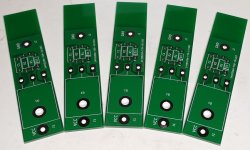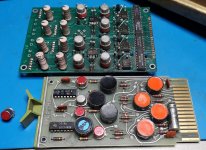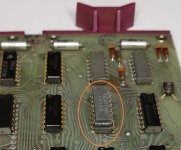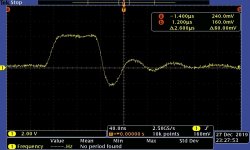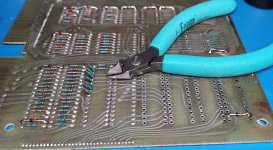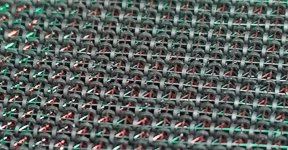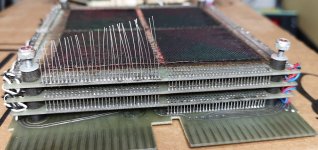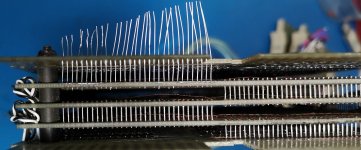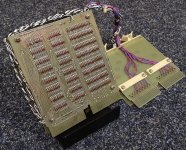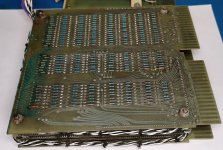In the meanwhile I had some contact with Vince about the flip chip tester.
From the first moment that I got it running I started testing the boards.
The first cards which I tested were a few spare ones. The tester
works so now it was time for the real work.

The first card in my 8L was the M220 to test. If passed the tests with flying colours!
The second M220 > defect
The third M220 > defect
The fourth M220 > defect
So I began to wonder if I had damaged the tester. So I put in the first card again,
and it worked. So those other cards were really defective. That was just a bad start
and I began to worry if there would be a huge amount of TTL chips being defective
in the rest of the machine. Fortunately that was not the case...
The flip chip tester in combination with a HP logic comparator is a very powerful tool!
In the more complex boards you will find faulty chips in no-time.
Not all boards can be tested on the tester. Analog boards and boards with
busload resistors can't be tested. But you can test these very easy by hand.
Besides defective TTL chips I had to replace a huge amount of diodes.
Due rust the glass of some diodes was breaking. The result was a lot of
shorted or OC diodes.
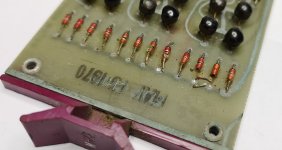
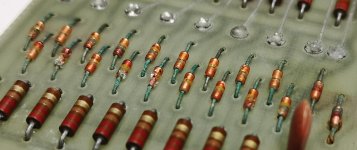
This was also the case in the core stack. I've tested these diodes with
a Hameg HZ65 component tester. This tester is capable of pushing 250mA
RMS trough the component. While testing there were diodes which showed
a little leakage current. And after a few seconds you just saw them break down.
I know the Hameg HZ65 is also vintage and quite rare. But it is very simple to build.
I've kept a history from the defective boards and that I've done to repair them.
A04 M220 1x 7440
C08 M216 1x 7474
C13 M117 2x 7420 defective all 3 replaced
D27 M623 12x diode
C27 M623 12x diode
D27 M623 12x diode
C30 M660 2x 7401 1x 3009 replaced by BC547
D29 M906 40x diode
D30 M906 40x diode
C03 M700 1x diode
D18 G221 11x diode
D19 G221 11x diode 1x 7400
C18 G221 11x diode
C19 G221 11x diode
D24 G221 11x diode
D23 G221 11x diode (*)
C23 G221 11x diode (*)
C24 G221 11x diode (*)
B23 G228 1x 7440
C25 G228 1x diode (*)
D25 G228 2x 7440
A03 M220 1x 7460
A04 M220 1x 7453
A05 M220 1x 7460 1(2)x 7453
C32 M706 1x 7440, 3x 7474, 2x 7400 (1968 board not original from this machine)
Core stack 40x diode
Total replaced components for now:
22x TTL IC
1x transistor
246x diode
I can put data into core now but it gets a bit corrupted. It seems the core voltage
is 6 volts too low. I think this is a fault in the regulator board. Does anyone have
the guideline to correctly set the memory voltage and timing?
Regards, Roland
(There is one board left for the flip chip tester in case anyone is interested)




